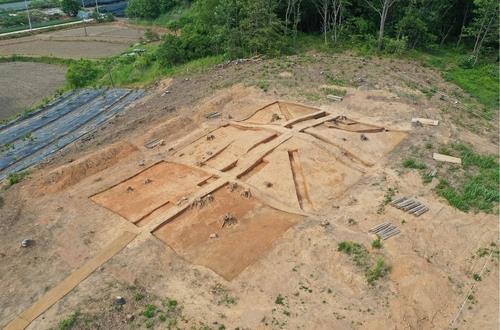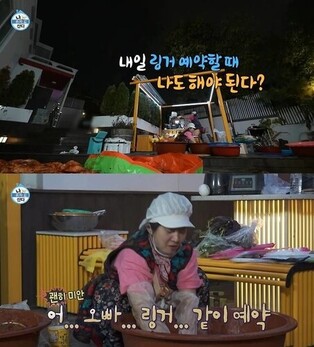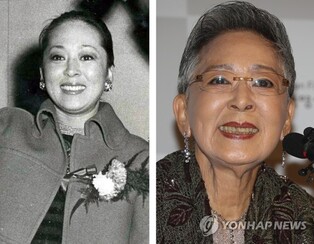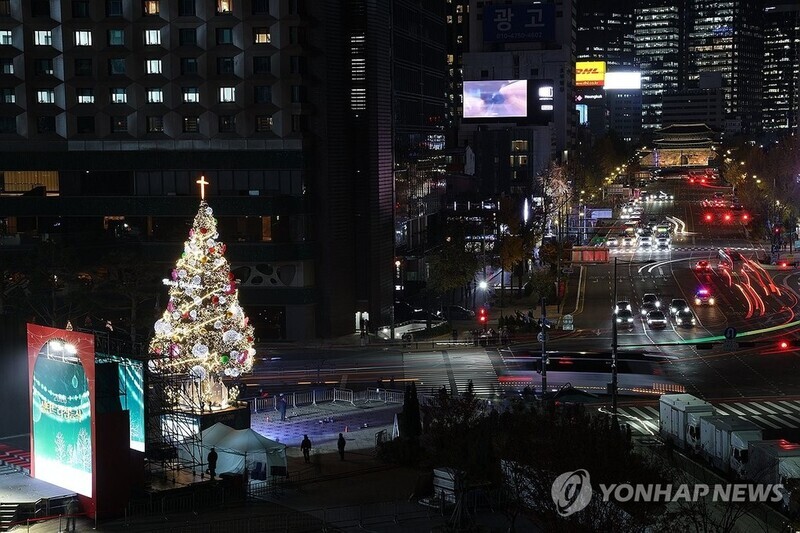 |
| ▲This photo, provided by Wanju National Research Institute of Culutral Heritage, shows Sangun-ri tombs excavation site. (PHOTO NOT FOR SALE) (Yonhap) |
SEOUL, Sept. 7 (Yonhap) -- Relics from Mahan period, Ancient tombs in Sangun-ri,North Jeolla province have been designated as "North Jeolla province monument."
Wanju county announced on Wednesday that ancient tombs in Sangun-ri were designated as North Jeolla province monument after their historical value and significance were acknowledged.
The ancient tombs in Sangun-ri are where tumulus of Mahan located at the confluence of the main stream of Mankyunggang river and Soyangcheon Stream gathered.
Tumulus refers to a tomb in which burial facilities is built inside a burial mound created by soil and stone.
Sangun-ri area was excavated from 2003 to 2006, and 30 tumulus and 163 burial facilities from Proto-Three kingdoms to Three Kingdoms of Korea period were discovered.
Thousands of earthenwares, ironwares, accessories inside the tumulus were unearthed.
Wanju county said this discovery has high academic scholar value as the evidence to substantiate the documentaryrecord that Mahan had huge political power and people of Mahan preferred jade.
The governor of Wanju County Yoo Hee-tae said, "Sangun-ri tombs have been officially recognized as the main relics of Mahan," adding, "Procedures for its desination as a national historical site will also proceed without any difficulty."
(This article is translated from Korean to English by Jiwon Woo.)
(END)
(C) Yonhap News Agency. All Rights Reserved


































